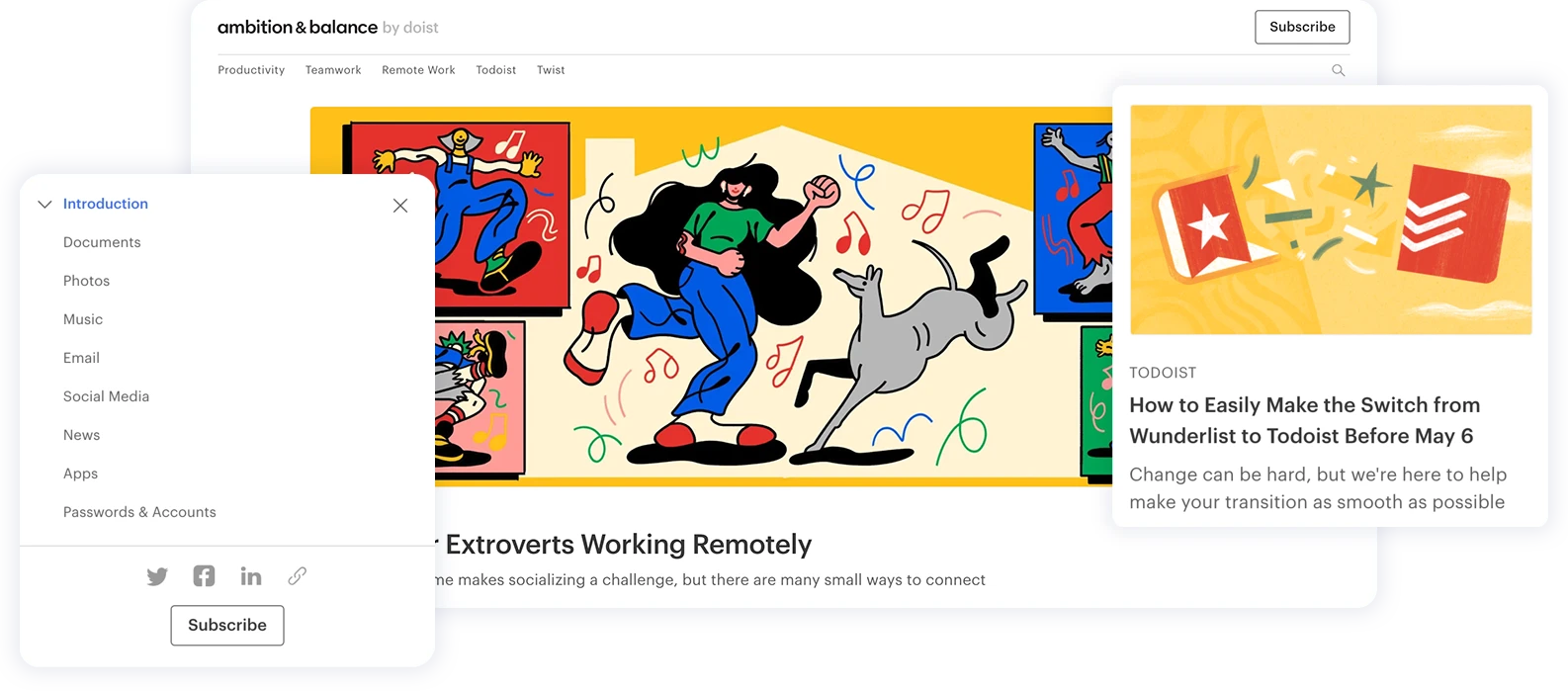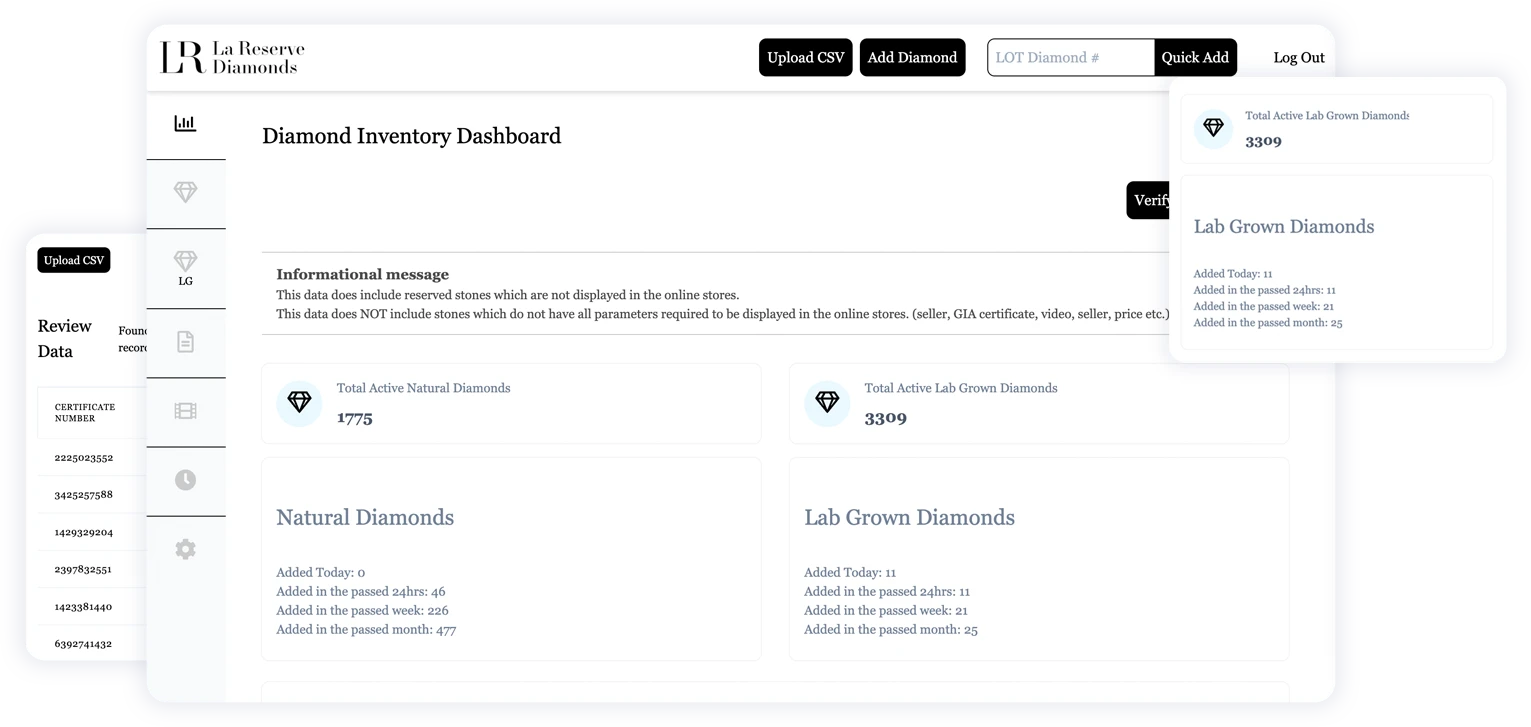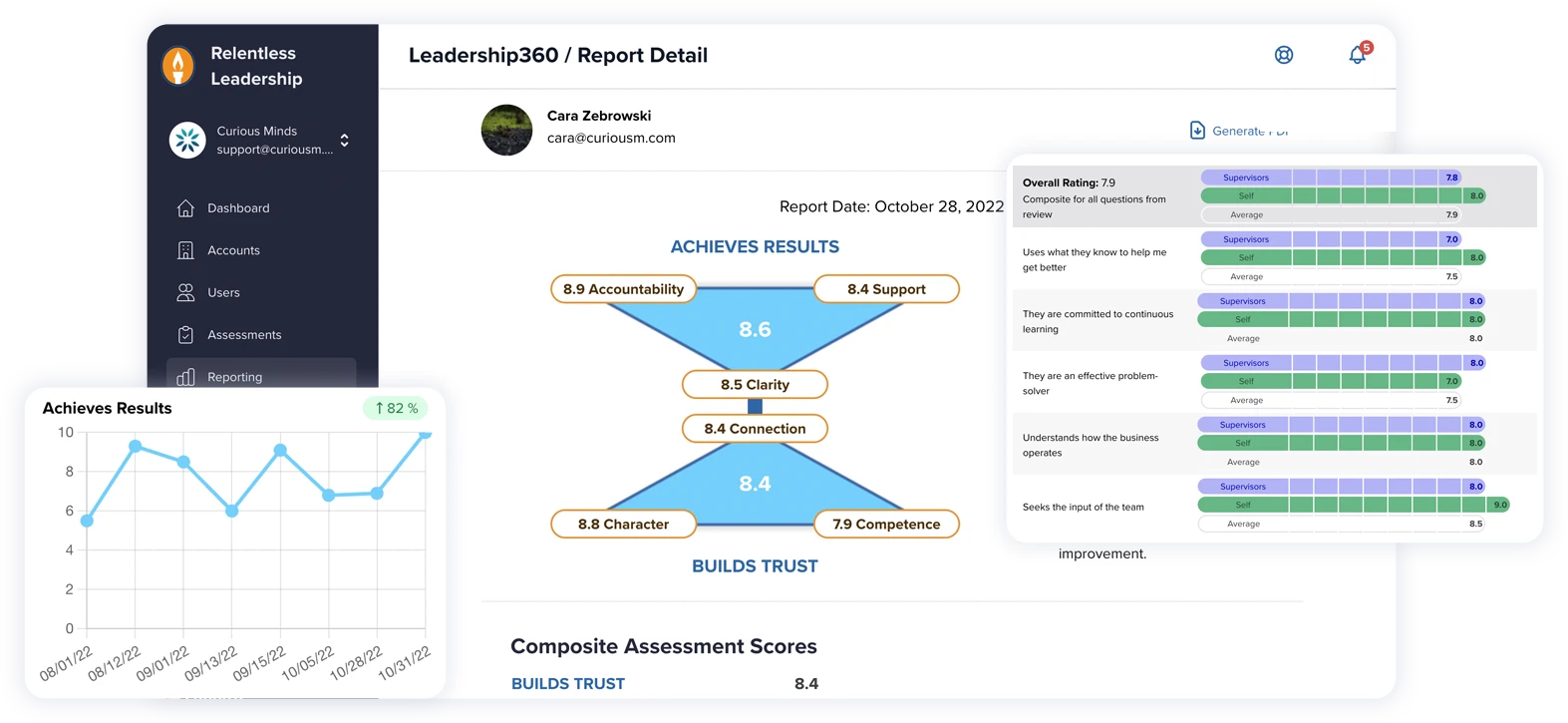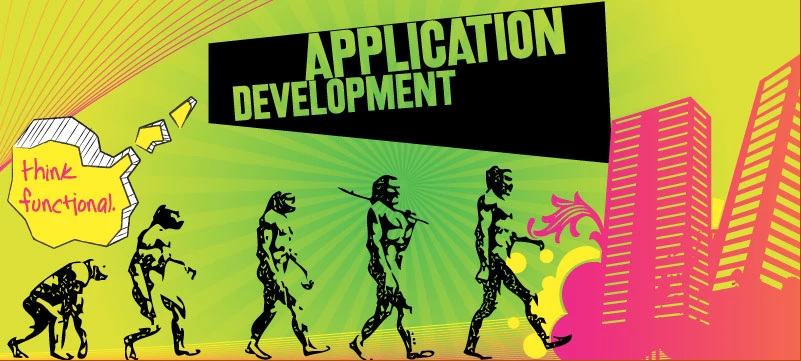WordPress security isn’t what it used to be—and that’s not a bad thing. At Curious Minds Media, we’ve seen firsthand how the threat landscape is evolving in real time, from AI-powered exploits to plugin vulnerabilities and platform politics. We’ve also seen what works: custom-built security stacks, proactive planning, and a development mindset that treats protection as part of the core build—not an afterthought.
We’re sharing what we know from working with clients every day: how we help agencies secure dozens of sites at scale, how we future-proof custom builds, and what tools we trust to get the job done. Whether you manage one site or hundreds, understanding today’s challenges—and knowing what’s changed—is critical to building a secure, high-performing WordPress experience.
Why WordPress Security Demands More in 2025
In our agency’s early days, WordPress security often meant installing a plugin and hoping for the best. Those days are over.
WordPress powers over 40% of the web, making it a prime target for increasingly sophisticated threats. We’re seeing:
AI-generated attacks that scan for vulnerable configurations in minutes
Zero-day plugin exploits spreading via social engineering
Host-level conflicts driven by changes within the WordPress ecosystem itself
Consider a hypothetical case where a healthcare nonprofit faces a breach from a trusted plugin vulnerability. In a situation like that, it's likely they weren't alerted in time. In these scenarios, we recommend setting up real-time vulnerability alerts, managed patching routines, and custom server rules to close windows of risk quickly.
What’s changed is that the stakes are higher, and the attack vectors are broader. A minor oversight in authentication or user role settings can now be the open door to a data breach, site defacement, or worse. That’s why we approach security as a core part of development—not just something tacked on after launch.
The New Threats: AI Exploits, Plugin Gaps, and Platform Politics
We’re working in an era where bots can brute-force login pages, exploit unpatched plugins, and mimic real users. And unlike in the past, these bots learn. That’s what makes AI-powered exploits so dangerous: they adapt.
That’s why we build layers. Our approach often involves:
Limiting login attempts and hardening common entry points
Blocking bad traffic before it hits the site using DNS-level firewalls
Running lightweight external scans that catch issues without slowing performance
At the same time, we’re seeing how internal WordPress dynamics can affect the broader ecosystem. Recent tensions between WP Engine and Automattic have caused ripple effects in plugin support, compatibility, and access. That’s not just politics—it’s a potential point of failure for agencies and site owners who depend on those services.
We monitor those shifts closely for our clients. It’s one more reason not to rely on a single vendor or tool. If one part of your stack breaks or changes business models, your site shouldn’t go down with it.
How We Build Security into the Stack from Day One
We don’t wait until a site is live to think about security. From our very first sprint, we’re thinking about how to protect it.
For starters, we always:
Use managed WordPress hosts with real-time threat monitoring
Enforce strict access controls (no more admin@ emails!)
Build staging sites to test updates and security measures without risking production
We also design for minimum plugin reliance. If a task can be handled at the server or CDN level, we do it there. This reduces the attack surface and speeds up the site.
When it comes to development handoff, we equip clients with:
Custom security SOPs for user roles and updates
Monitoring dashboards that flag issues early
Backup and rollback systems that let them recover fast
We’re not just building a website—we’re building an operational framework for safety and uptime. Our handoffs are designed to empower internal teams, not make them dependent.
Scaling Security for Agencies: How We Manage Dozens of Client Sites
Managing one site is a challenge. Managing 50? That’s a system. We centralize oversight using enterprise-ready dashboards that help us:
Roll out critical updates across all sites in real time
Flag plugin conflicts or deprecations before they become problems
Monitor uptime, site speed, and resource usage continuously
We also standardize offboarding. When a client engagement ends, we have a checklist that includes:
Removing all agency access
Backing up the site and exporting logs
Providing the client with a security guide they can follow moving forward
That kind of consistency builds trust—and avoids future liability.
For higher-risk industries like education, healthcare, or e-commerce, we often implement layered access (using roles and capabilities), custom logging, and scheduled security audits. Everything is documented in a way clients can understand and manage themselves over time.
Security is part of the service, not an upsell.
How We Vet Tools
We’ve tested dozens of security plugins and services. The truth? No single tool does it all.
That’s why we build modular stacks. Rather than relying on one plugin to cover everything, we split responsibilities:
DNS-level security and caching for performance and brute-force protection
CMS-level logging for visibility into user behavior
External scanners to catch malware outside of WordPress
Routine off-site backups and redundancy for fast recovery
We configure server-level protections with host tools and hardening scripts. If malware gains enough access to disable your internal security setup—as we’ve seen happen in real-world breach scenarios—you’re left exposed. That’s why we use overlapping safeguards.
Each client stack is customized based on risk, compliance requirements, and internal capabilities. We’re not here to sell you on a plugin—we’re here to help you build a system that works.
Performance and Compliance Still Matter
Security can’t come at the cost of speed or compliance.
We often help clients eliminate plugin conflicts or redundant layers. One common issue: a client may be running multiple security plugins that overlap—but still leave gaps. In those cases, we typically replace the bloat with server-based solutions, locked-down roles, and automated update checks.
If you’re in a regulated industry, your security setup should include:
File change monitoring
Breach detection and alerts
Granular user permissions
Encrypted backups and secure transfer
We audit, document, and train. That’s how we deliver not just compliance—but confidence.
Hosting Security Helps, But It’s Not a Set-It-and-Forget-It
Using a secure hosting provider gives you a great head start. Features like:
Daily backups
Malware scanning
Managed WordPress environments
Staging and rollback tools
are all incredibly useful. But we’ve learned that even the best host won’t:
Alert you to new admin accounts being created
Automatically patch every third-party plugin
Block complex brute-force attacks without extra configuration
That’s why we treat hosting as one layer—not the whole strategy.
Our Security Process: Review. Refine. Repeat.
Security isn’t something you set and forget. It’s something you manage.
Every quarter, we revisit each client’s setup:
Are all tools still necessary?
Are there new risks based on business changes?
Are updates running smoothly?
Are logs being reviewed?
We maintain internal checklists, but we also create custom SOPs for each client—because your ecommerce store and someone else’s member site have different needs.
We also stay involved in the WordPress security community, watching trends and CVEs. When we spot something risky, we notify clients fast and apply fixes the same day.
Security is a service—not just a setting.
You Don’t Have to Do This Alone
Security shouldn’t be scary or overwhelming. It should be baked into how your site runs every day.
We help businesses of all sizes—from solo creators to enterprise teams—build systems that keep sites fast, secure, and compliant. And we make sure the tools we use don’t get in the way of creativity or performance.
If your security setup feels outdated, bloated, or just too risky to ignore, let’s talk. At Curious Minds, we’ve spent two decades helping clients secure their sites without slowing them down. We’d be happy to do the same for you.


















